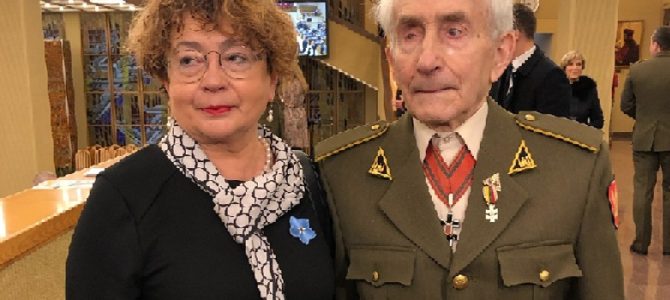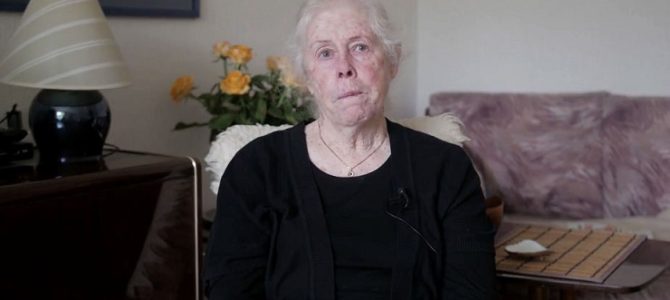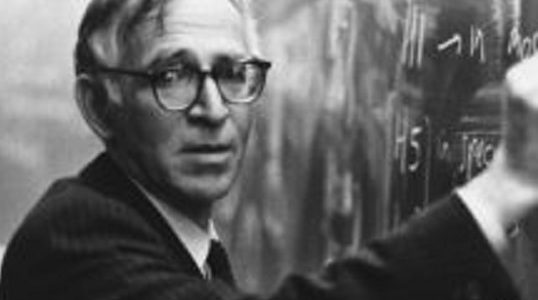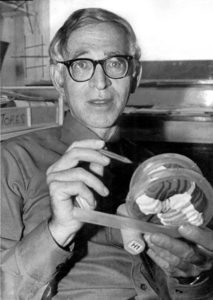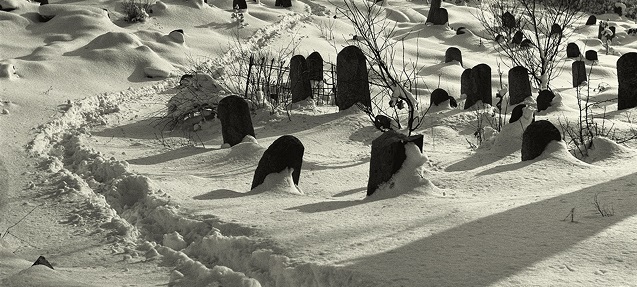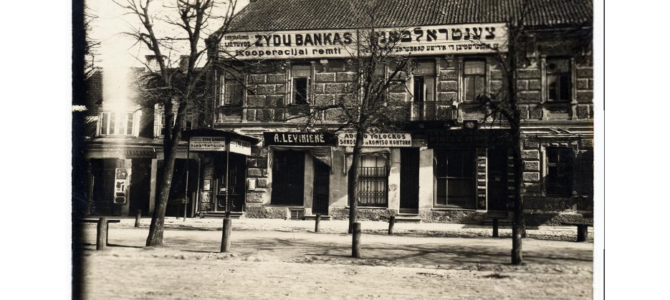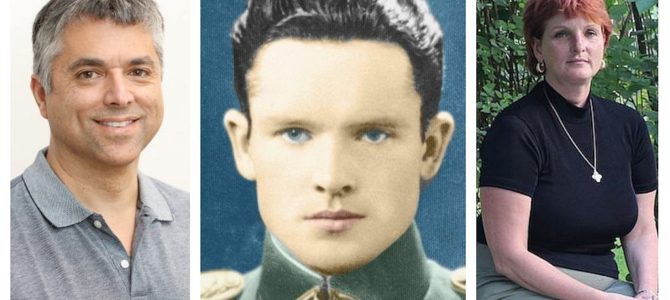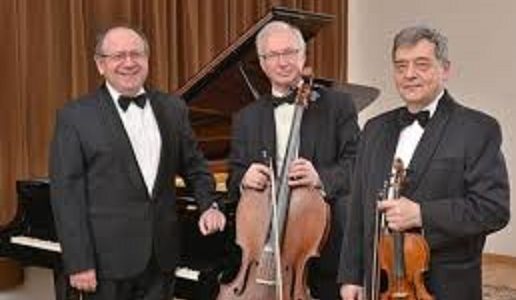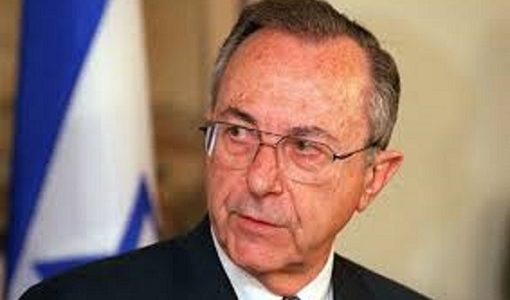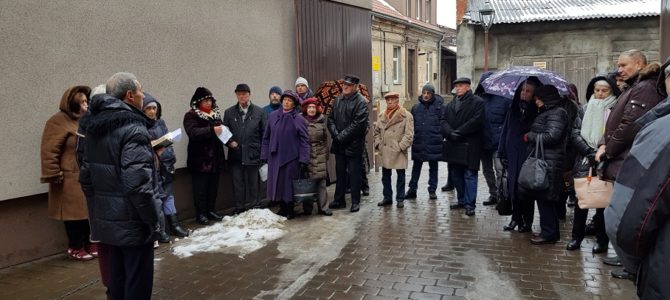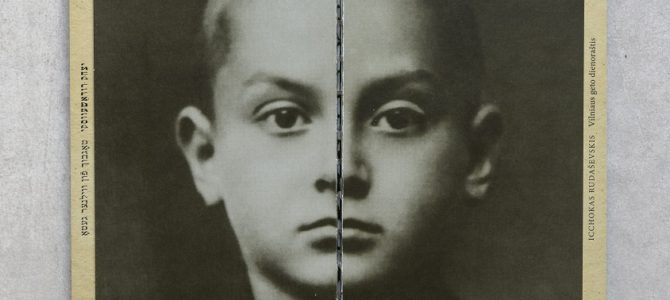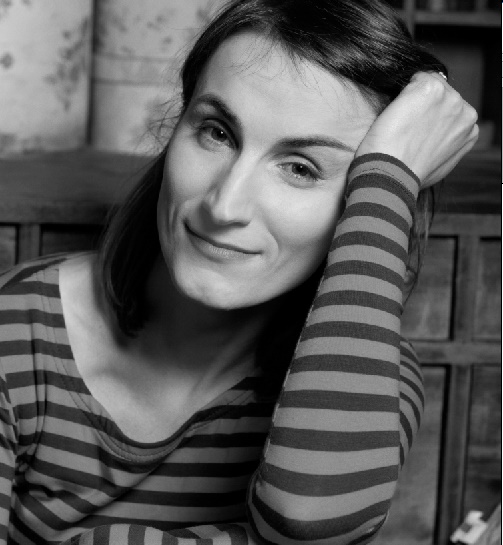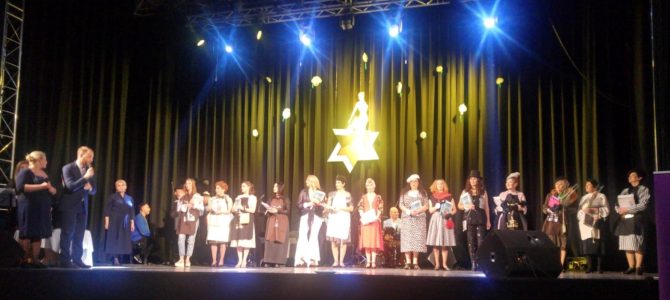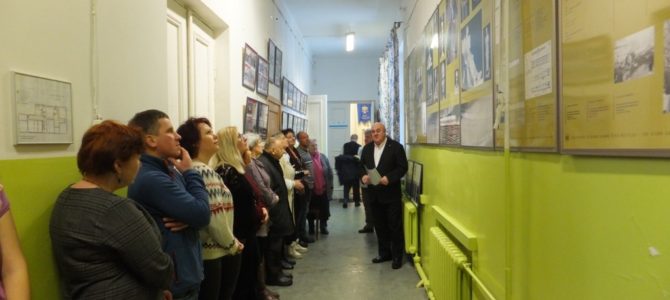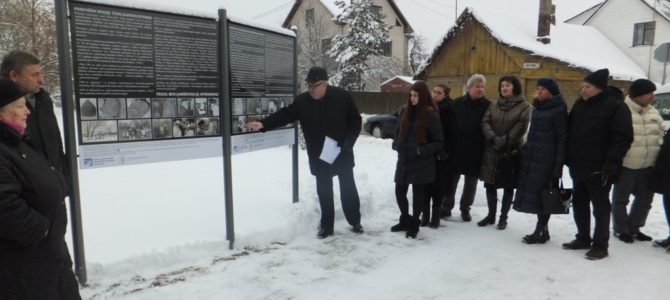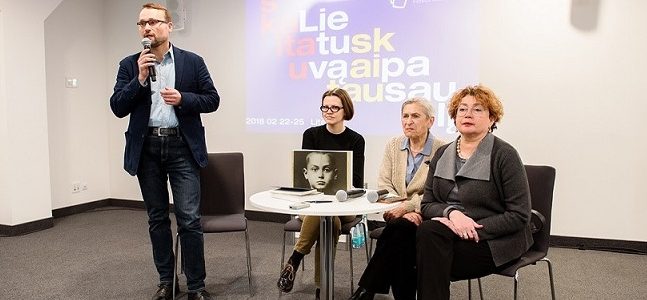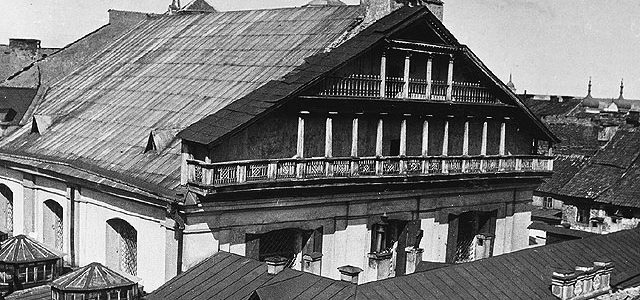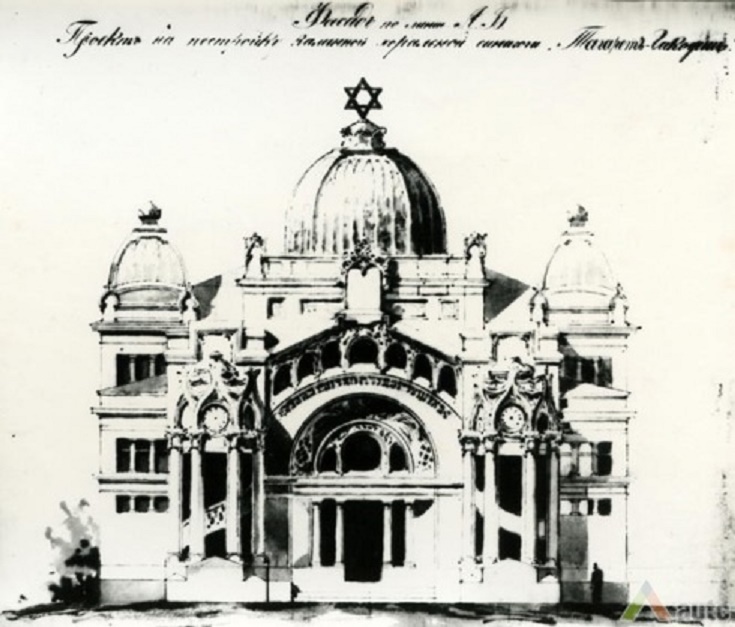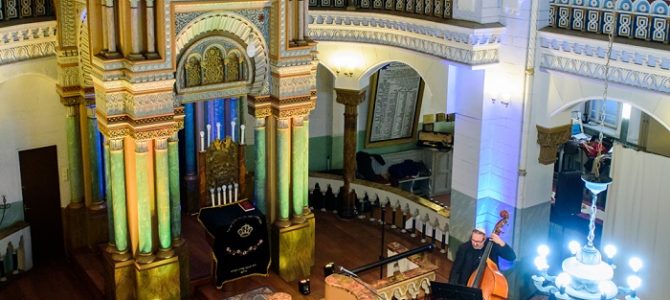January 13 is an official holiday in Lithuania, the Day of the Defenders of Freedom, marked to commemorate those who died during Soviet military operations in Vilnius on that day in 1991. The Soviets attempted to overthrow the democratically-elected government of Lithuania through military force following Lithuania’s declaration of independence on March 11, 1990.
Loreta Asanavičiūtė, Virginijus Druskis, Darius Gerbutavičius, Rolandas Jankauskas, Rimantas Juknevičius, Alvydas Kanapinskas, Algimantas Petras Kavoliukas, Vidas Maciulevičius, Titas Masiulis, Alvydas Matulka, Apolinaras Juozas Povilaitis, Ignas Šimulionis and Vytautas Vaitkus were killed at the TV tower in Vilnius in the early hours of January 13. Soviet troops also surrounded and seized the Lithuanian Radio and Television building located in a different part of Vilnius. Over 700 unarmed civilians were wounded during the events of January 13.
Ceremonies were held throughout Lithuania and at the parliament to mark the holiday and the Freedom Prize was presented by speaker of parliament Viktoras Pranckietis to seven post-World War II Lithuanian partisans at the parliament this year.


